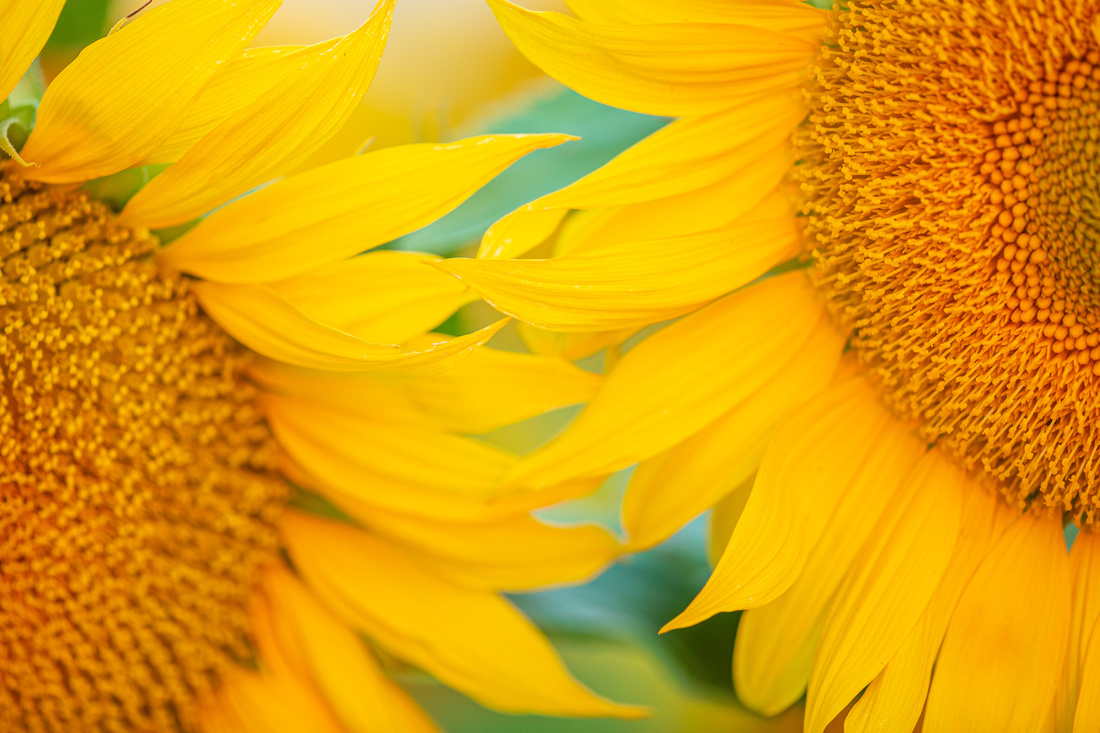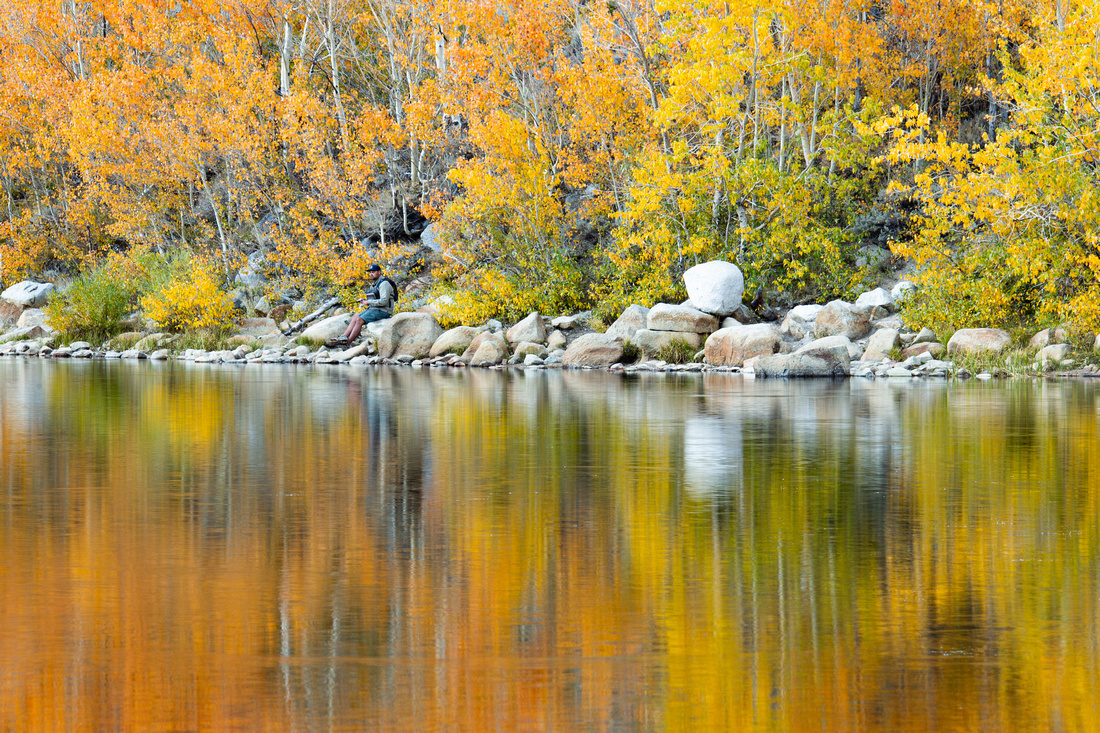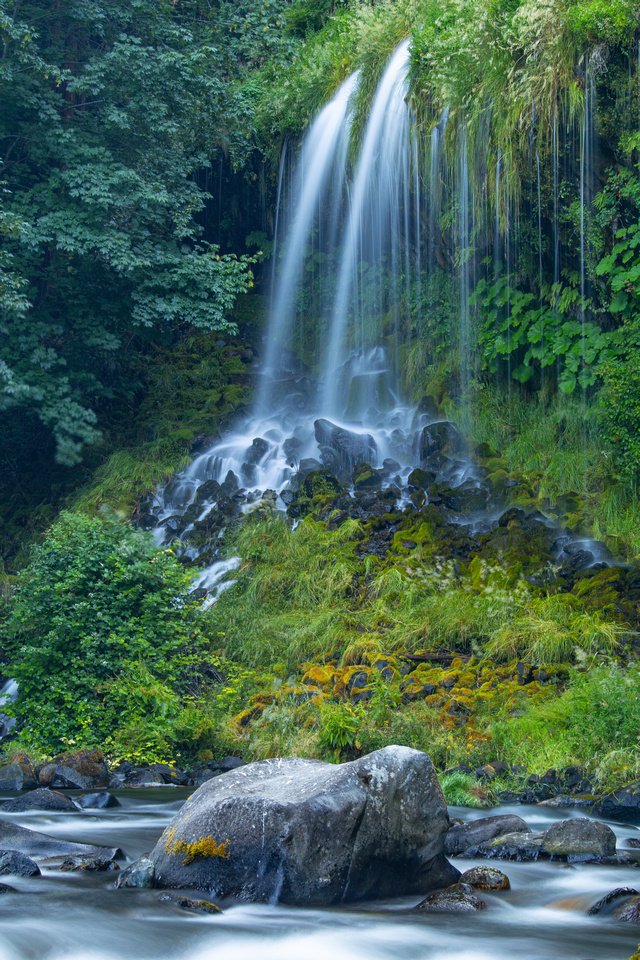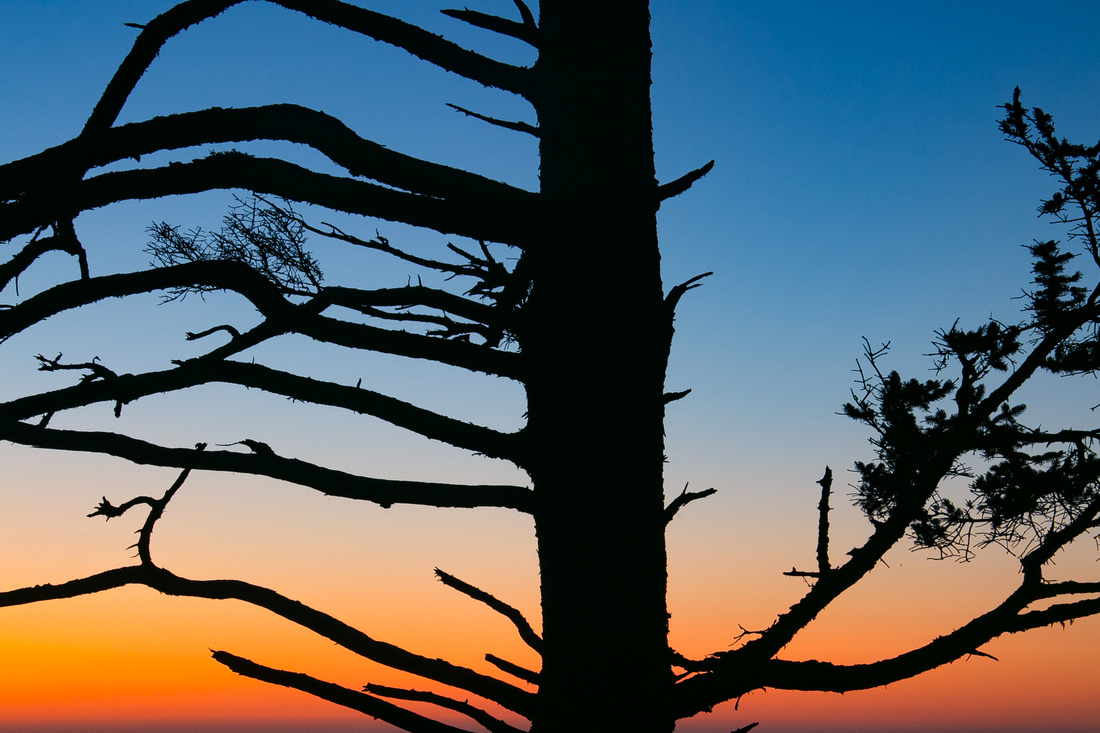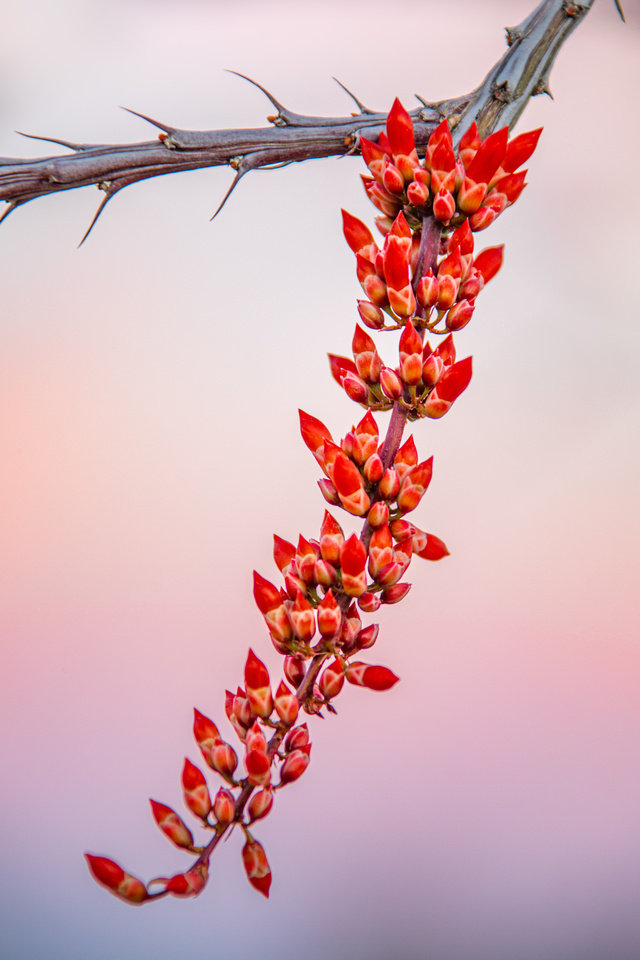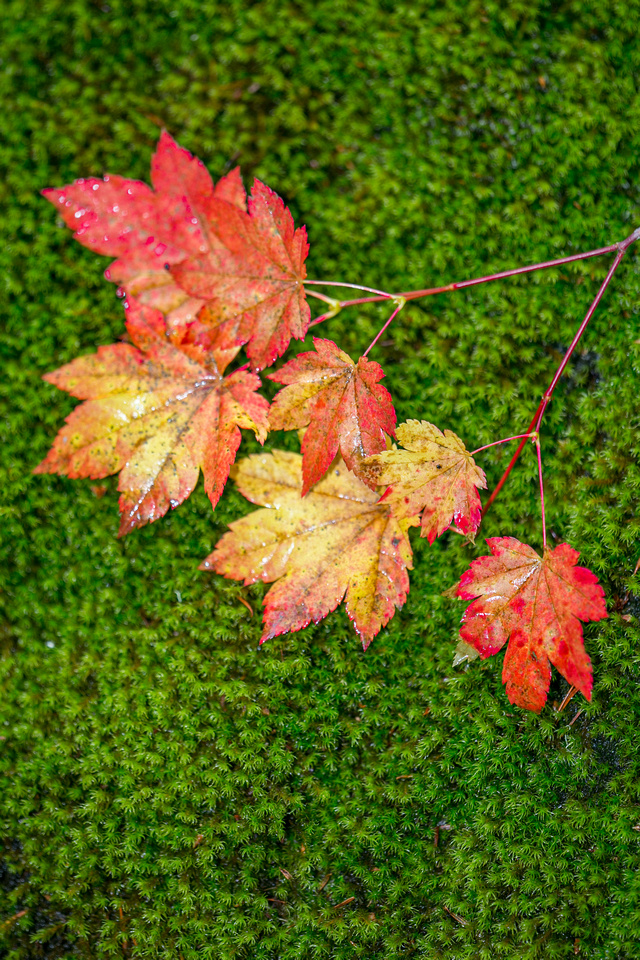Bold Color in Nature Photography
Bold Color in Nature Photography
Text and photos by Heather Cline
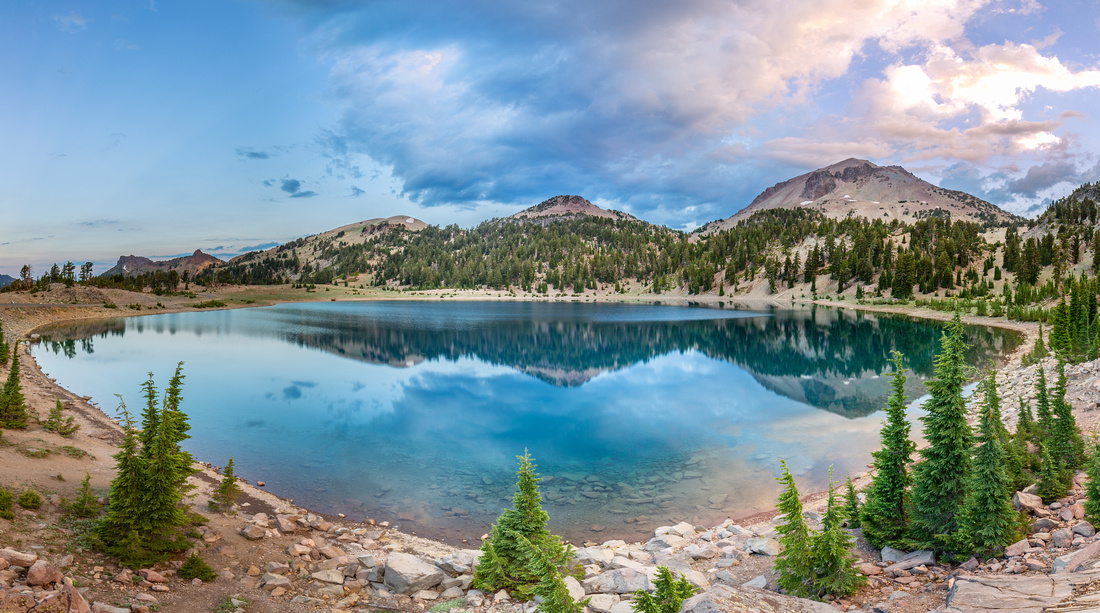 
Lake Helen, Lassen National Park |
Nature photographers need to take many factors into account when making images, such as lighting, focal length, depth of field, and color. There are varying degrees of intensity when it comes to color and bold colors catch viewers attention and can elicit an emotional reaction. It may seem like the level of color that is present in outdoor photography is only up to mother nature, but the truth is, we have multiple tools available to us to create bold colors.
Bold colors are those that are intense in nature. They are visually striking and noticeable due to their hue and saturation. Warmer colors like red, orange and yellow are considered brighter than cooler colors like blue and green, but any color can be bright and bold when used in the right way.
This article will cover some tools and tips for capturing bold color.
Settings Within Your Control:
- Exposure: getting the correct exposure in camera is the best way to ensure you are capturing the desired colors. If you underexpose, you run the risk of losing detail that can't be recovered in post-process. If you over expose, the image will be washed out. You can always bracket your exposures if you are working with a tricky lighting situation, or you just aren't sure. Bracketing is a good insurance policy but it's best to work towards getting the best exposure in the field as possible. A good habit to get into when shooting digital is to look at your histogram. If you have a mountain with a peak in the middle, you should be good to go.
|
Sunflowers, Dixon California |
- White Balance: this camera setting has a lot of influence over the color cast. If you are going for bold color, this setting is worth checking and rechecking as you shoot. If you have a bice sunrise with golden light and you want to accentuate the warm tones, change your setting to shade tor cloudy and see how it affects the image. On the other hand, if you are shooting during the blue hour, you might opt to set your camera to a cooler color temperature to bring out the cool tones.
- Filters: A polarizing filter is a great tool for cutting glare, reflections, and for making colors pop. It is an easy tool that gives you a lot of bang for your buck.
- Post Processing: Photoshop, Lightroom, and other editing software was invented for a reason. Photos rarely look their best straight out of the camera. These applications can be used to correct or enhance color temperature, adjust highlights, shadows, contrast, and saturation. If you really want your colors to pop, this is the step where you can fine tune the image to create exactly what you were hoping for. In the days of shooting with film, a popular slide film for nature photographers was Fuji Velvia. It produces vivid, saturated colors that grab the viewers eye like no other film could. Fortunately, if you want to recreate these colors, post-processing software can do just that with a bump from the saturation dial.
External Factors:
- Lighting: Overcast light is ideal for photographing subjects like wildflowers, autumn leaves, and forest canopies - all things that contain bold colors. The overcast light acts as a giant scrim that softens the light which actually makes colors pop because there is no glare from the sun. However, direct light can be effective for making colors pop when the sun is at a low angle to the subject. A rising or setting sun with the right cloud conditions make for the most colorful sunrises and sunsets as well. I have listed this under 'external factors' but you can control the light in some situations with a flash or reflectors too.
- Weather: Much like overcast light, rain and fog have the same effect and wet foliage (so long as you avoid glare) is especially bold.
I hope this article has provided some helpful tips for capturing bold color the next time you are out shooting. No matter what time of year it is, mother nature provides us with amazing, intense colors from the sky to the earth. It's up to us to get out there and capture them in all their glory!
